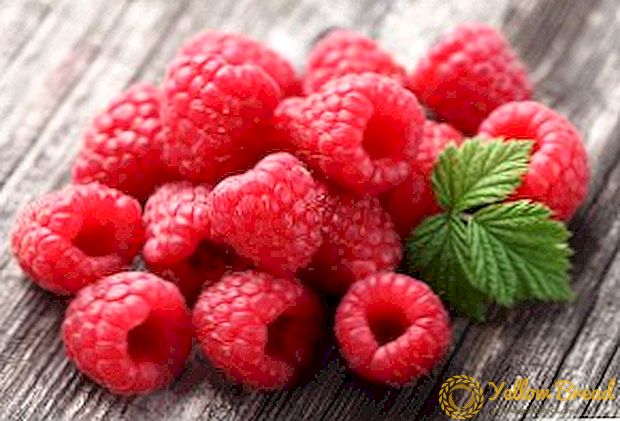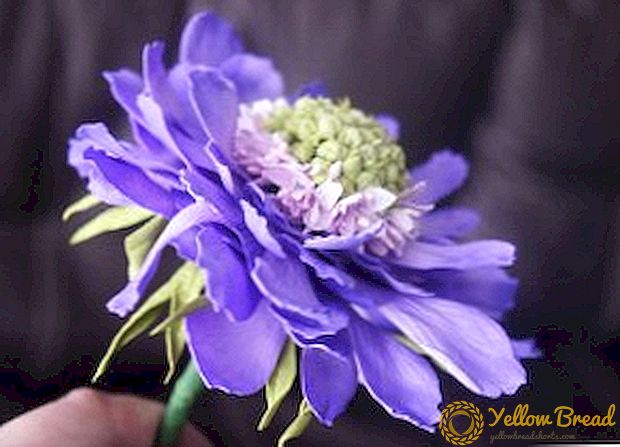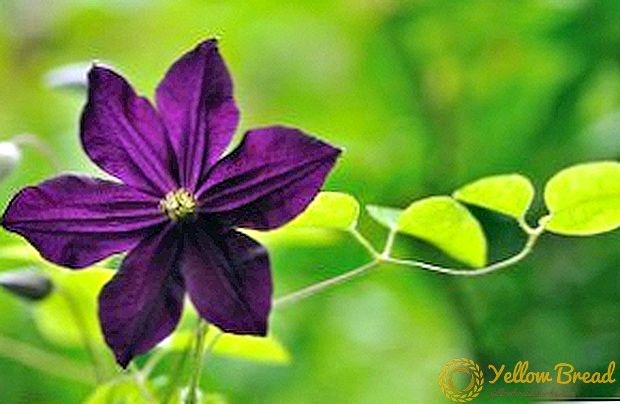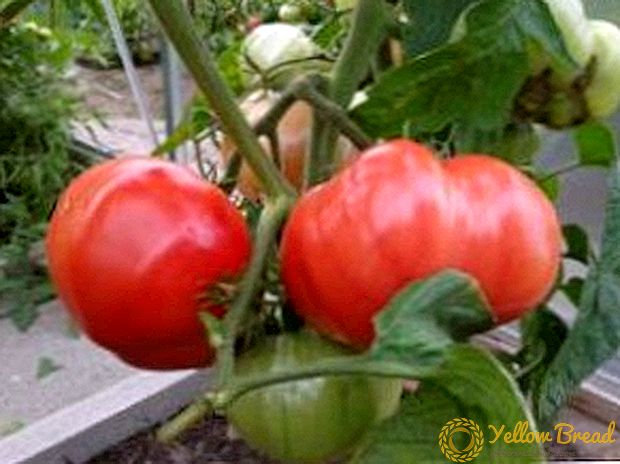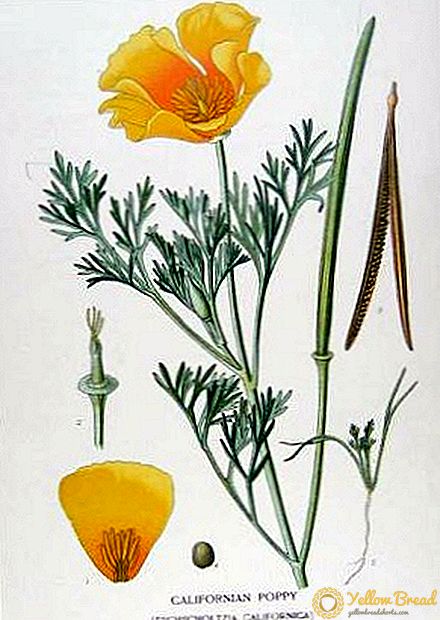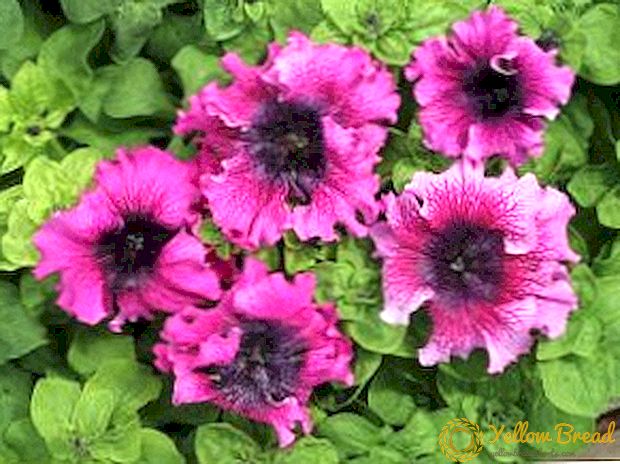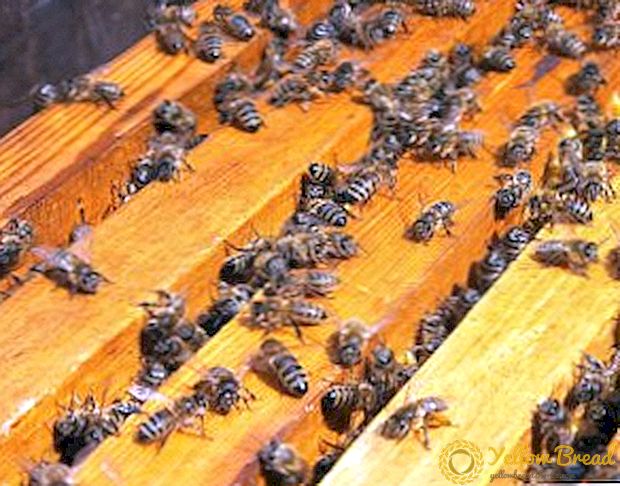 All beekeepers know that in the fall it is necessary to prepare the apiary for the winter period and end the season with a mandatory procedure - forming bees nests for the winter. It is necessary for insects to successfully winter in a comfortable living space. How to make it, read below.
All beekeepers know that in the fall it is necessary to prepare the apiary for the winter period and end the season with a mandatory procedure - forming bees nests for the winter. It is necessary for insects to successfully winter in a comfortable living space. How to make it, read below.
- When to start?
- Feeding the bees
- Family inspection
- Frame reduction
- Nest assembly options
When to start?
To begin with, we propose to find out what the formation of nests is necessary for and when to start this procedure.
The fact is that being in the wild, the insects themselves are able to cope with the supply of necessary food, and the size of their hive depends on the state of the family. But in the apiary, where the owner is a person who constantly intervenes in the vital activity of bees, from time to time removing the frame, choosing honey, expanding or cutting the nests, insects cannot do this, and the distribution of food turns out to be uneven.  Therefore, they need help in the proper formation of nests. Since after the last sampling of honey, they simply do not have enough time to establish order in the hive.The uneven distribution of food can lead to the fact that some individuals will be malnourished and may not survive until spring.
Therefore, they need help in the proper formation of nests. Since after the last sampling of honey, they simply do not have enough time to establish order in the hive.The uneven distribution of food can lead to the fact that some individuals will be malnourished and may not survive until spring.
The procedure of preparing the bees for wintering and the formation of a nest, as a rule, begin to be carried out at the end of summer or at the beginning of autumn - immediately after the main honey collection.
This process includes several activities:
- examination of families;
- determining how much honey to leave the bees for the winter;
- feeding bees;
- determination of the required number of frames;
- nest formation.
Feeding the bees
Of course, the best wintering option for insects is to feed on natural, quality honey. It will need about 10-13 kg per family (it does not fit heather and padevy). In total, food (including natural honey and syrup) for one family needs 20 kg (in the southern regions - 15-16 kg).
However, this is not always possible, and in this case, the person should participate in the preparation of the required amount of feed.
 Top-feeding of bees is a very important and mandatory step in preparing the bees for winter, since no one can accurately determine whether the produced honey is of high quality and what is the level of honeydew. Insects are fed with sugar syrup.
Top-feeding of bees is a very important and mandatory step in preparing the bees for winter, since no one can accurately determine whether the produced honey is of high quality and what is the level of honeydew. Insects are fed with sugar syrup.
Top dressing is made with several goals:
- provide the bees with the right amount of food and thereby help them successfully survive the cold season;
- to compensate for the honey withdrawn by man;
- replace poor-quality honey;
- implement preventive measures against diseases.
To find out how much syrup is needed, you need to make approximate calculations:
- on average, one street of the Dadan frame will require 2 kg of feed (the weight of sugar, not syrup);
- on one street of the frame of Ruth - 1.75 kg.
Up to 30% of the total mass of the feed can be replaced with honey prepared by insects from sugar syrup.
The amount of syrup can be calculated depending on how much honey is required.For example, if you need 10 kg of honey for food, then you need to take 10 kg of sugar to make a syrup.
 We give recommendations on the preparation of high-quality syrup:
We give recommendations on the preparation of high-quality syrup:
- For preparation, it is necessary to take well-treated, non-rigid water.
- Sugar must be refined, high quality. You can use cane and beet sugar.
- Recommended proportions: 1.5 kg of sugar per liter of boiled hot water.
- The syrup should be thick.
To prepare 1 liter of 70% syrup, you need 0.9 kg of sugar and 0.5 liters of water;
- for 60% you need to take 0.8 kg of sugar and 0.6 l of water;
- for 50%, 0.6 kg of sugar and 0.6 l of water;
- for 40% - 0.5 kg of sugar and 0.7 l of water.
It should be borne in mind that in one liter jar holds 0.7-0.8 kg of sugar.
Add and stir the sugar needed after the water is removed from the stove. Otherwise, the syrup will turn out spoiled.
Only after the syrup has cooled to a temperature of + 40 ° C, you can add natural honey (about 10% of the total volume of the syrup) to it.
The question of whether to artificially acidify the syrup remains controversial today. Experienced beekeepers are advised not to. In the meantime, as in the literature it is possible to find information that insects fed with acidified syrup tolerate wintering better.
To decide whether to acidify the syrup or not, the beekeeper will have to do it alone. If such a decision is made, then 4 cubic meters will be added to the syrup. cm 70% acetic essence per 10 kg of sugar or 3 cu. cm of acetic acid per 10 kg of sugar.
It is recommended to feed bees with small (up to 1 l) and large (from 1 to 3 l) doses depending on the size of the family. The feed is poured into wooden feeders, which are placed at the top of the hive. Also suitable for this purpose are special feeding frames. In the absence of such devices, you can pour the syrup into a drinking bowl with a glass jar or into a plastic bottle with holes. Food can be filled and voids in the comb, which stand idle.
Top dressing should be made in the evening with the beginning of the autumn season. If the bees have stopped for years, no flowering plants are observed in close proximity, and the main honey harvest is complete - this is a signal to start feeding.
The duration of feeding will depend on the region where the apiary is located. In the southern areas it can be produced until the beginning of October, in others - until the first decade of September.
If the feeding is late, it can lead to the fact that insects do not have time to process the feed before the birth of a new generation. Newborn individuals processing is contraindicated. Late seed breed negatively affects the quality and quantity of honey.
Late feeding is also fraught with the appearance of a disease such as Nosema in insects.
If, for any reason, there is a delay in starting feeding, then in the case of a small number of hives, their hives are buried and moved to a room with a temperature of + 14 ° C. There, syrup feeding is performed for four to five days. After this time, the evidence will need to be returned to its original place in the open.  For the prevention of various diseases in the syrup injected drugs. But this should be done very carefully and adhering to the recommended dosages. Improper administration of drugs can cause intestinal overflow in insects.
For the prevention of various diseases in the syrup injected drugs. But this should be done very carefully and adhering to the recommended dosages. Improper administration of drugs can cause intestinal overflow in insects.
And in conclusion of the description of this stage, we would like to inform you that today there is a specially prepared syrup for autumn feeding of bees with already split sucrose. According to the producers, using such a syrup, insects are not so exhausted, they look better and feel stronger in the spring.
Family inspection
Readiness of the hive for wintering can be determined by means of family inspection. This procedure will identify problems and fix them in time.
During the inspection, the beekeeper must determine:
- age of the uterus;
- the amount of brood;
- amounts and quality of food;
- general condition of insects;
- hive condition.
Inspection is carried out at the end of the main bribe, in one of the September days in the evening.
The first thing you should pay attention to during the inspection is to feed: is there enough of it for wintering?If the volumes are excessive, the excess will need to be removed. If, according to your calculations, the feed is not enough, then you will need to feed the family or deliver the frame.  It is desirable that the inspection was accompanied by records in which the following items would be displayed:
It is desirable that the inspection was accompanied by records in which the following items would be displayed:
- the year of birth of the womb and the ability to reproduce offspring;
- the number of bees and streets, the state of families;
- feed amounts;
- the number of frames left for the winter.
In assessing the condition of families, it will be revealed which of them are strong and which are weak. In order to prevent the extinction of a clearly weak family, it is necessary to take care of its association with strong individuals in time.
You also need to pay attention to the number of bees. If they already abound, then the process of building up the family can be stopped by removing the insulation and establishing good ventilation up to the formation of the club.
Frame reduction
Before you start assembling the nest, you should reduce the number of frames.This is necessary in order to feed all the members of the family. Leaving all the frames, the beekeeper risks that the bees may settle on those for whom there is no food at all, or the club will split into two parts, which is also not good, as it is likely to provoke the death of the whole family. Therefore, this stage is also quite important for the formation of a comfortable space for wintering insects.  Determination of the excess number of frames occurs during family examinations. After the first survey, it will be necessary to re-examine the condition of the hive and insects in another couple of weeks. If necessary, do it several times. At each inspection, it will be necessary to remove frames on which there is no seeding.
Determination of the excess number of frames occurs during family examinations. After the first survey, it will be necessary to re-examine the condition of the hive and insects in another couple of weeks. If necessary, do it several times. At each inspection, it will be necessary to remove frames on which there is no seeding.
To determine how many frames to be removed, you must open the ceiling of the hive on both sides. All frames that are not occupied by insects will need to be removed.
Together with this procedure, the nest of bees is assembled for the winter.
Nest assembly options
There are several options for how to form a nest so that all the bees are comfortable and have enough food:
Double sided. It is used in evidence, where strong families live, located on streets 9-12.Its scheme is as follows: in the center there are frames with honey and perga in the amount of two to four pieces and a volume of honey 2 kg. On both sides of these frames are set completely honey with honey up to 4 kg. In general, the number of frames should correspond to the feed volume of 25-30 kg.
Unilateral or angular. Suitable for families with medium strength, formed before the winter, seven or nine streets. With this method, a full-fledged honey frame is placed at one end, the following frames are arranged in descending order. The last frame should contain 2-2.5 kg of feed. All others are in stock.
Little beard. For weak families. In the center place the full-frame, in the future - in descending order. Supply of feed should be about 10-15 kg. In order for the bees to follow the food properly, wooden bars are set perpendicularly for them as guidebooks. 
There is also an option called "method Volahovicha". With this method, fertilizing ends on September 20, and during its course 10 kg of feed is fed to one family. In the hive, 12 frames of 2 kg of feed are left plus two additional ones are installed. Extras are placed on top of the hive on the liner bars. The bottom of the hive remains empty. Cell-languages are formed in it, into which it will be necessary to pour syrup.
In any case, it is important to avoid placing in the middle of the frame with perga.
Nest formation must be carried out as early as possible, since otherwise insects will not have time to form a bed and transfer part of the food to the nest.
At the end of each season, any beekeeper needs to take care of the proper preparation of the apiary for the winter, which consists of several important steps. Compliance with the recommendations on the quantity and quality of honey and perga left for the winter, the dosage of prepared syrup for feeding, the number of frames and selection of the nest assembly option will allow the bees to successfully survive the winter, give healthy and strong offspring and gain strength before the new working season.  The organization of high-quality wintering will save the beekeeper from any troubles in the apiary during the cold season. The only thing left for him is to periodically listen to the hive. A quiet measured buzz will indicate a normal microclimate, a lot of noise - the presence of a problem.
The organization of high-quality wintering will save the beekeeper from any troubles in the apiary during the cold season. The only thing left for him is to periodically listen to the hive. A quiet measured buzz will indicate a normal microclimate, a lot of noise - the presence of a problem.
An unsuccessful preparation for wintering can provoke such troubles as the death of the uterus or the whole family, the lack of food, the weakness of working individuals, the development of diseases. And remember that all the preparatory work for the winter period must be completed in the first decade of September, delaying this process is also fraught with serious problems.

